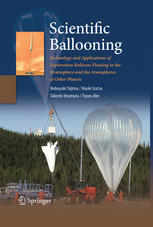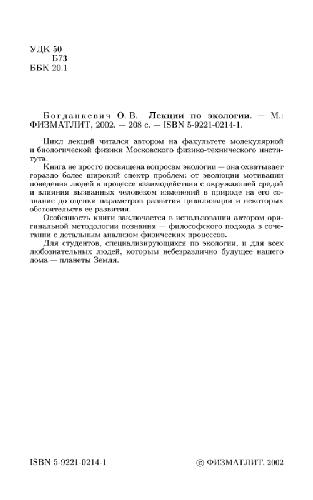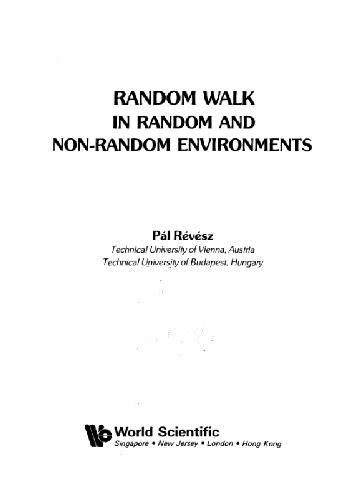Toyoo Abe, Takeshi Imamura, Naoki Izutsu, Nobuyuki Yajima (auth.)978-0-387-09725-1, 978-0-387-09727-5
The subject of this book is stratospheric balloons used for scientific observations and for the development of space technology and balloons that are used for aerological observations. These balloons attain flight altitudes more than three times those of passenger planes. They transport payloads ranging from several hundred kilograms up to several tons into the earth’s stratosphere. The density of the atmosphere at these altitudes is less than 1% that at the earth’s surface. In addition, as part of planetary exploration, this book includes planetary balloons sent to float over other planets that have atmospheres, such as Mars and Venus. The general term used to describe these sorts of activities is scientific ballooning.
Although the flights of stratospheric balloons used for various scientific observations and technological experiments do not take place in the void of space, stratospheric balloons may be placed in the same fields as rockets and satellites, namely space science and technology. This, of course, goes without saying for planetary balloons that are transported into outer space on space vehicles. Organizations that conduct research and development, and that launch and perform operations with this type of scientific ballooning are usually associated with each country’s meteorological organizations and space research and development organizations.
Stratospheric balloons are giant pressurized membrane structures that float in the thin atmosphere of the stratosphere. Their volumes range from a few tens of thousands of cubic meters up to several hundred thousand cubic meters. Their flight characteristics are governed by complex relationships of fluid dynamics and thermodynamics. For planetary balloons, various atmospheric conditions that differ from those on the ground also come into effect. Consequently, performing systematic engineering design and analysis is a prerequisite for constructing and launching balloons. Aerological knowledge of the atmosphere is indispensable for conducting a flight. Such a foundation also ensures safety and reliability during flights. The aim of this book is to systematically describe the engineering aspects associated with scientific ballooning.
Table of contents :
Front Matter….Pages i-xxi
Introduction….Pages 1-14
Engineering Fundamentals of Balloons….Pages 15-75
Stratospheric Balloons….Pages 77-172
Planetary Ballooning….Pages 173-193
The Future of Scientific Ballooning….Pages 195-203
Back Matter….Pages 205-213







Reviews
There are no reviews yet.